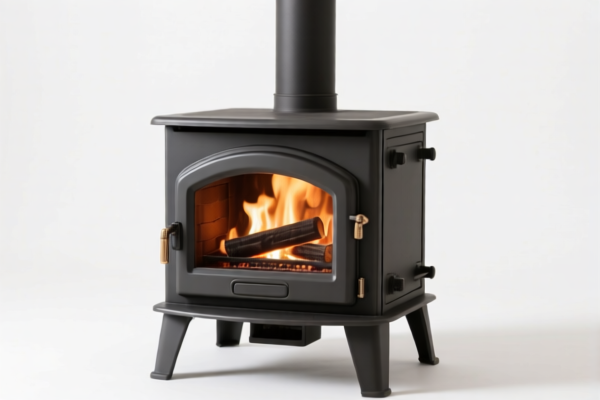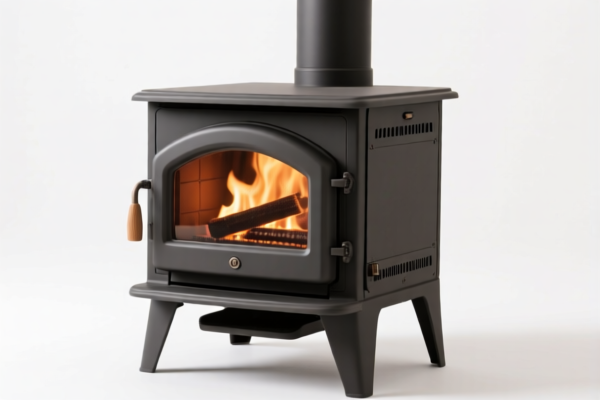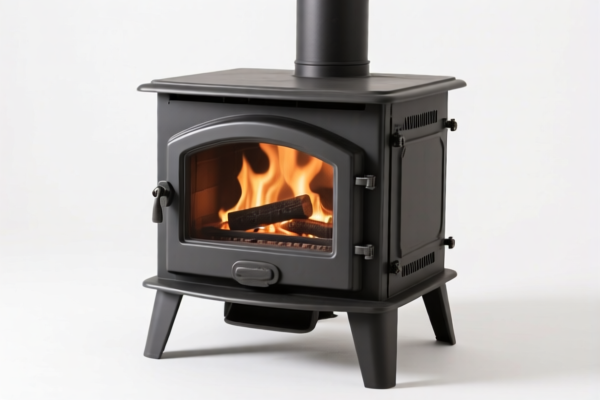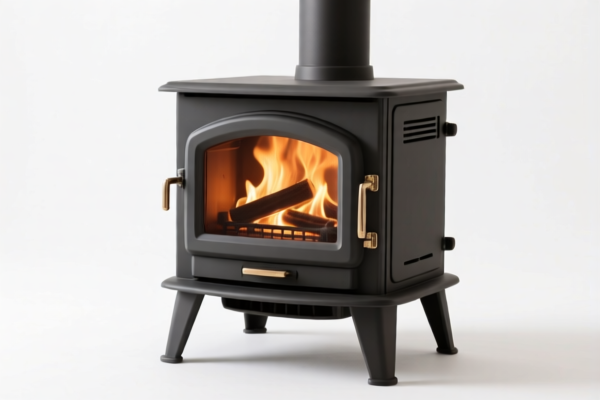| HS Code | Official Doc | Tariff Rate | Origin | Destination | Effective Date |
|---|---|---|---|---|---|
| 8416100000 | Doc | 37.5% | CN | US | 2025-05-12 |
| 8416200040 | Doc | 37.5% | CN | US | 2025-05-12 |
| 8419815080 | Doc | 37.5% | CN | US | 2025-05-12 |
| 8419896000 | Doc | 55.0% | CN | US | 2025-05-12 |
| 8514400000 | Doc | 55.0% | CN | US | 2025-05-12 |
| 8514908000 | Doc | 55.0% | CN | US | 2025-05-12 |
| 8503009000 | Doc | 55.0% | CN | US | 2025-05-12 |
| 8503009520 | Doc | 83.0% | CN | US | 2025-05-12 |




Camp Stoves
Camp stoves are portable cooking devices used in outdoor settings, primarily for recreational activities such as camping, backpacking, and hiking. They provide a controlled flame for heating food and boiling water.
Materials
Camp stoves are constructed from a variety of materials, influencing their weight, durability, and cost:
- Stainless Steel: Common for its corrosion resistance and durability. Often used in canister stoves and some liquid fuel stoves.
- Aluminum: Lightweight, making it ideal for backpacking stoves. May be less durable than stainless steel.
- Brass: Durable and corrosion-resistant, often found in older or higher-end liquid fuel stoves.
- Titanium: Extremely lightweight and strong, but more expensive. Used in premium backpacking stoves.
- Plastic/Composite: Used for components like knobs, handles, and pump housings.
Purpose & Function
The primary purpose of a camp stove is to provide a convenient and reliable heat source for cooking and boiling water when access to traditional kitchen facilities is unavailable. They function by burning a fuel source to create a flame, which is then regulated to control the cooking temperature.
Fuel Types & Common Types
Camp stoves are categorized by the type of fuel they utilize:
- Canister Stoves:
- Fuel: Pressurized fuel canisters containing isobutane, propane, or a blend.
- Function: Simple to use, lightweight, and offer good flame control.
- Usage: Backpacking, car camping, day hiking.
- Types:
- Screw-top: Canister screws directly onto the stove.
- Threaded: Canister attaches via a threaded connection.
- Integrated: Stove is directly attached to the canister.
- Liquid Fuel Stoves:
- Fuel: White gas (naphtha), kerosene, or unleaded gasoline.
- Function: More versatile and perform better in cold weather than canister stoves. Require priming and maintenance.
- Usage: Cold-weather camping, extended trips, group cooking.
- Types:
- Pump: Uses a pump to pressurize the fuel tank.
- Gravity: Relies on gravity to feed fuel to the burner.
- Wood Burning Stoves:
- Fuel: Small twigs, branches, and other biomass.
- Function: Eco-friendly, utilizes readily available fuel sources. Can be less efficient and produce more smoke.
- Usage: Car camping, backpacking (with consideration for fire restrictions).
- Alcohol Stoves:
- Fuel: Denatured alcohol or ethyl alcohol.
- Function: Simple, lightweight, and quiet. Lower heat output and slower cooking times.
- Usage: Ultralight backpacking, simmering.
- Pellet Stoves:
- Fuel: Wood pellets.
- Function: Efficient and clean burning. Requires a dedicated fuel supply.
- Usage: Car camping, base camping.
Usage Scenarios
- Backpacking: Lightweight and compact stoves (canister, alcohol) are preferred.
- Car Camping: Larger, more stable stoves (liquid fuel, wood burning) are suitable.
- Winter Camping: Liquid fuel stoves are recommended for their cold-weather performance.
- Day Hiking: Small canister stoves are ideal for boiling water for coffee or tea.
- Emergency Preparedness: Versatile stoves (liquid fuel) can be used in various situations.
Key Considerations
- Weight: Crucial for backpacking.
- BTU Rating: Measures the stove's heat output.
- Fuel Availability: Consider the ease of obtaining fuel in your location.
- Stability: Important for cooking larger meals.
- Wind Resistance: Essential for outdoor cooking.
- Ease of Use: Consider your experience level.
- Maintenance: Some stoves require more maintenance than others.
Based on the provided information, camp stoves fall under the category of cooking stoves, ranges and ovens. Here's a breakdown of relevant HS codes:
- 8419815080: Other machinery, plant or equipment: For making hot drinks or for cooking or heating food: Cooking stoves, ranges and ovens Other. This HS code specifically covers cooking stoves, ranges, and ovens used for cooking or heating food. It is applicable to camp stoves designed for these purposes.
- 84: Chapter 84 – Nuclear reactors, boilers, machinery and mechanical appliances; parts thereof.
- 19: Heading 8419 – Machinery, plant or laboratory equipment, whether or not electrically heated (excluding furnaces, ovens and other equipment of heading 8514), for the treatment of materials by a process involving a change of temperature such as heating, cooking, roasting, distilling, rectifying, sterilizing, pasteurizing, steaming, drying, evaporating, vaporizing, condensing or cooling, other than machinery or plant of a kind used for domestic purposes; instantaneous or storage water heaters, nonelectric; parts thereof.
- 81: Subheading 841981 – Other machinery, plant or equipment.
- 50: Further specification: For making hot drinks or for cooking or heating food: Cooking stoves, ranges and ovens Other.
Regarding HS code 8419815080, please note the following tax details: * Basic tariff: 0.0% * Additional tariff: 7.5% * Additional tariff after 2025.4.2: 30.0% * Total tariff: 37.5%
According to the provided reference material, the HS code options related to 'camp stoves' are limited, with only the following 1 found.
Customer Reviews
No reviews yet.